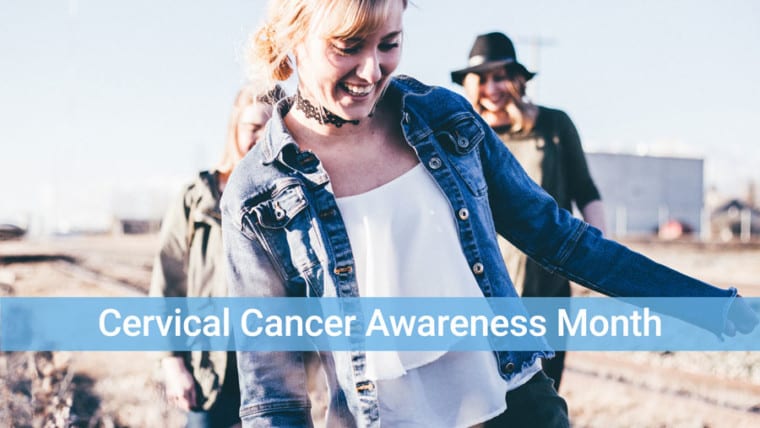BACKGROUND
Coronavirus also known as COVID -19 was discovered in the 1960s- 7 coronaviruses have been identified. The first four are common in humans. The last three are more recent coronaviruses associated with more recent epidemics. The COVID-19 is the newest one and it originated in China and has quickly spread globally within a 2-month period.
1 229E (alpha coronavirus)
2 NL63 (alpha coronavirus)
3 OC43 (beta coronavirus)
4 HKU1 (beta coronavirus)
5 SARS-CoV (the beta coronavirus that causes severe acute respiratory syndrome, or SARS) 2002-2003
6 MERS-CoV (the beta coronavirus that causes Middle East Respiratory Syndrome, or MERS)2012-2015
7 SARS-CoV-2 (the novel coronavirus that causes coronavirus disease 2019, or COVID-19)
Due to the large number of infected individuals in China, the US took quick action to slow the spread. Because this is a new strain, the long term and predictability of this virus is largely unknown. The coronavirus is like the flu in that it is an upper respiratory virus primarily affecting the lungs but also can affect other organs. These viruses, however, are not genetically similar. Both cause fever and cough; but unlike the seasonal flu, individuals can be infectious 4-14 days prior to fever and dry hacky cough seems to develop first in the coronavirus. The coronavirus can progress and cause severe shortness of breath as the virus attacks healthy lung tissue and this can progress to acute respiratory distress syndrome (ARDS). It is not known the percentage of patients that will develop this complication, and ARDS is rarely reversible. ARDS results in a patient needing ventilator support for weeks to months with many patients not recovering. Other patient can be left with permanent damage with long term breathing difficulties.

The virus replicates and spreads days before symptoms appear which increases the spread exponentially before realizing one needs to isolate themselves infecting many more individuals. For this reason, scientists and politicians have instituted polices to help flatten the curve to prevent a healthcare crisis. By practicing social distancing and self-quarantine, one can help slow the infection rate and this practice keeps healthcare at its best making recovery chances the best for everyone. Younger children do not appear to be affected as seriously as the older population greater than age 65 at this time.
Viruses are described regarding their ability to infect and cause disease. Scientists describe and characterize viruses by several indicators. R -naught is one such indicator and this expresses the virus’ ability to infect others. For example, seasonal flu has a R–naught number of 2-4. This value depicts the fact that a person who has the flu will on average transmit this virus to 2-4 more people during the infection. Measles has a R-naught of 14-16 making this one of the most infectious viral infection. The R-naught can change depending on early intervention and avoidance of the virus. It can also change as more and more people become immune to the virus.
| R0 for viral illnesses | ||
| Seasonal Flu | 2-4 | Airborne |
| H1N1 Flu | 2 | Airborne |
| Coronavirus | 2-3 | Airborne |
| Small Pox | 5 -7 | Airborne |
| Measles | 12 -15 | Airborne |
| Zika | 3-6 | Mosquitos |
| SARS | 4 | Airborne |
Viral infections are also categorized in their ability to cause death once infected. Case fatality rate (CFR) is the scientific term to describe this. This number can be difficult to determine as in the case of the Coronavirus, many people are infected yet do not exhibit the disease. So, these unidentified infections are not counted or considered in the CFR. CFR is the number of people infected that die due to the virus in a specific time period. This rate can be affected by region, nutrition level, other medical conditions, time of diagnosis–just to name a few factors.
CONTAGIOUSNESS
Transmission mode is also included in the description of the virus. Airborne is the most contagious. Animal vectors limit the spread depending on the region and habitat of the animal or insect vector. The coronavirus is airborne and spread through small droplets allowing infection across the world especially in today’s society with readily available travel options. Touching one’s eyes, nose and mouth are portals of entry for this virus. The virus can live on objects an estimated 9 days. Because an average person touches their face 15-20 times per hour, touching contaminated surfaces keep the virus active as we unknowingly introduce it our body. Using tissue, washing hands and avoiding face touching limits the spread. Coughing into your arm, tissue or hand can help protect others. Washing hands thoroughly and often also dramatically reduce transmission.
Viral shedding is when the body is actively making the virus and can be detected in body. When it comes to the Coronavirus, viral shedding is around twenty days and possibly as long as 35 days. Viral shedding can occur before and after the symptomatic illness. Incubation time is about 4 to 14 days and this is the time a person has the virus prior to obvious symptoms,
SYMPTOMS
Cough…persistent dry cough (usually first symptom)
High fever…Greater than 101
Severe Shortness of breath…dramatic change in previous breathing ability

Typically, symptoms of fever and cough are lasting 2-4 days but viral shedding can continue for several more days thereafter. Younger patients are doing better than older patients so far. It is recommended that people greater than age 65, especially with underlying medical conditions that place a person at a higher risk of mortality such as COPD/EMPHYSEMA, ASTHMA, TYPE 2 DIABETES, OBESITY, AND CONGESTIVE HEART FAILURE, avoid large crowds, high risk individuals that may have the virus and unnecessary travel.
Before making an appointment with your doctor or going to Urgent Care, CALL AHEAD! We can guide you through the steps that will need to be taken, as well as deciding how to connect you with proper medical care location. We do not want to overwhelm our healthcare facilities with minimal to mild cases, which is most COVID-19 cases thus far. Rapid testing centers are being planned soon to test the lower risk individuals. This testing will allow positive persons to be aware of their contagiousness and quarantine themselves protecting others and being more vigilant of worsening symptoms in their health status.
Day by day brings different information. So far, middle Georgia emergency rooms are not testing COVID-19 unless they meet certain criteria which now is mainly patients needing admission for supportive care. Remember, over 90% of infected people will recover with little to no complications. Patients with severe enough to be admitted would more than likely need ventilator support and warrant this test, which takes about 2-5 days to result at the time of writing this article. As the tests becomes more readily available, testing will become more rapidly resulted and guidelines will change.
TREATMENT
No medication treats the Coronavirus specifically. Researchers are using a variety of meds off label to alter the course of this infection. Currently, supportive treatment and time are the treatment. If symptoms progress to respiratory distress, ventilator support is used to rest the body and allow the body to rest and heal.
If you think you may have coronavirus, stay home! Stay hydrated, treat fever with Tylenol. Call your doctor for guidance. Go to the Emergency Room if you develop shortness of breath that is a marked change in your baseline health. Patients describe lungs as feeling heavy and difficulty with normal activity previously easily performed such as walking upstairs, walking from room to room. If these symptoms occur, seek medical care.
RESOURCES
| John Hopkins Interactive Map: https://coronavirus.jhu.edu/map.html |
| https://dph.georgia.gov/covid-19-daily-status-report |
| https://www.wral.com/coronavirus-math/19007227/ |
| https://www.flattenthecurve.com/ |




